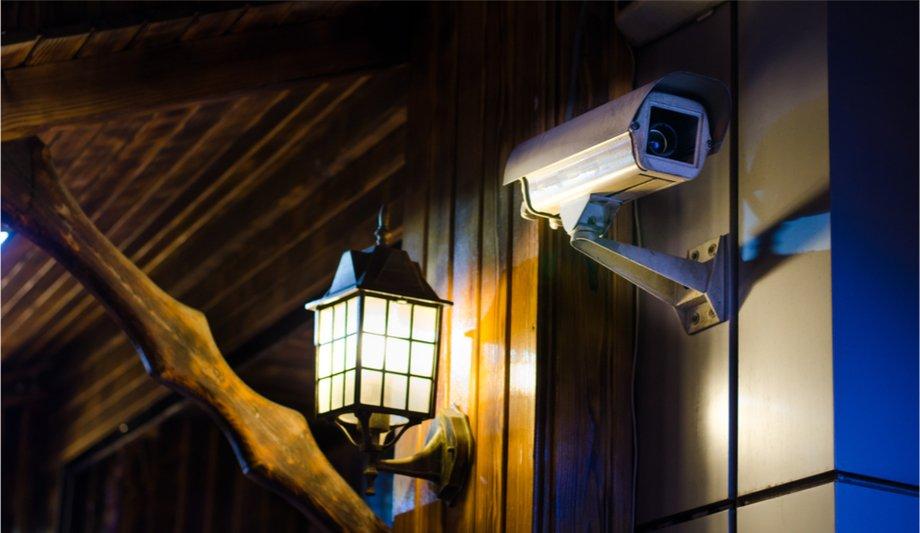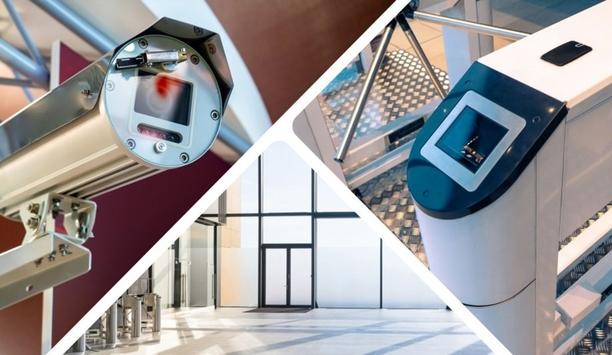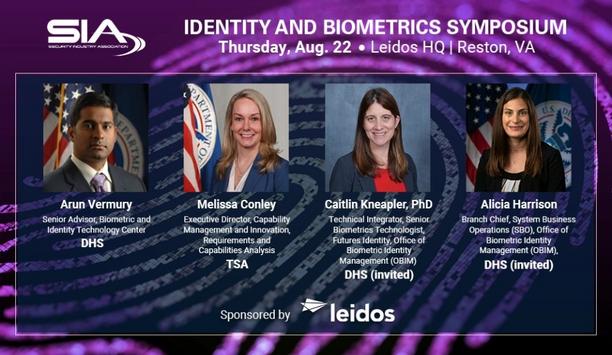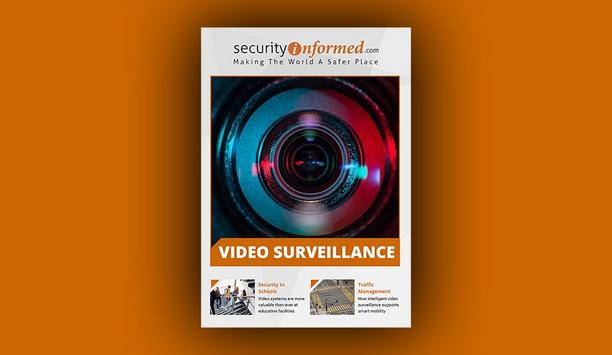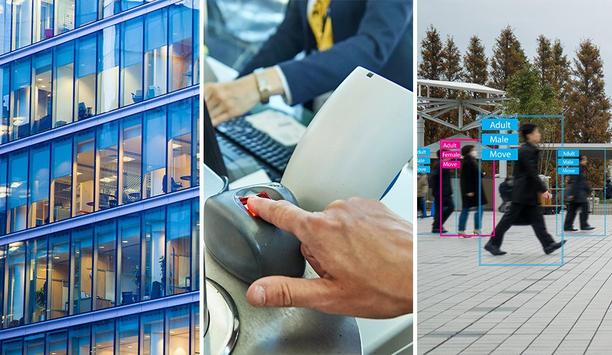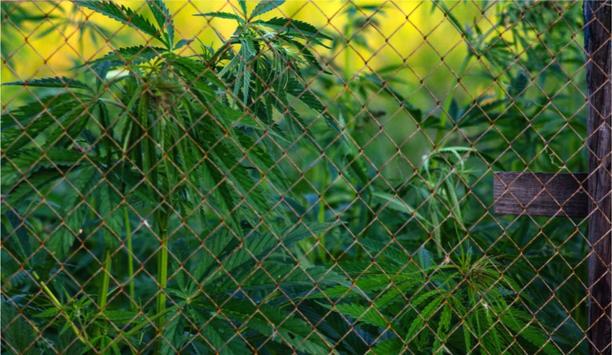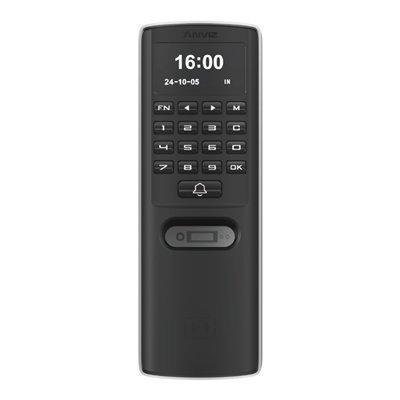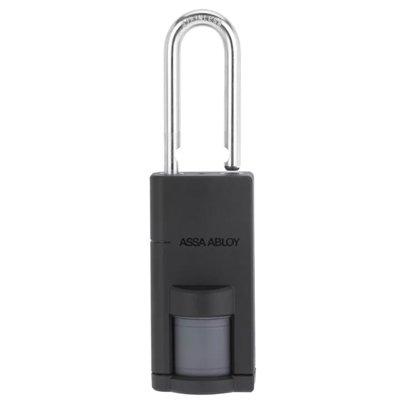What Is the Impact of Lighting on Video Performance?
Editor Introduction
Dark video images contain little or no information about the subject being surveilled. Absence of light can make it difficult to see a face, or to distinguish the color of clothing or of an automobile. Adding light to a scene is one solution, but there are also new technologies that empower modern video cameras to see better in any light. We asked this week’s Expert Panel Roundtable: What impact does lighting have on the performance of video systems?
Prior to the last few years, the level of lighting in an area had a lot to do with the quality of the incoming video from a surveillance camera. That has changed, though, as more advanced technology enters the market and improves. The ability to see detail and color in the dark is one of the most important aspects of a security camera and there, are many technical factors that influence this ability, such as the sensitivity of the image sensor, speed of the lens, and applied image processing. Obviously, it can be hard to see details when bright lights distort images of people and property, so having cameras that dynamically optimize exposure settings to capture details in parking lots, city streets, schools, college campuses, and construction sites takes the guesswork out of investigations when these images need to be analyzed.
Lighting is obviously a critical component in the world of capturing images. We have all seen examples of over- or under-exposed video. Getting a clear, detailed image is easy in the daytime, but performance in low light and high-contrast conditions is what separates one camera from another. For low-light performance, simply turning up the gain introduces proportionally more sensor noise. Specialized algorithms can minimize sensor noise and attenuate frequencies that are not of interest. For high-contrast situations where bright light and shadows can put faces in silhouette, WDR (wide dynamic range) technology takes multiple exposures and combines them so that the best exposure is used for different parts of the image. Doing this correctly takes highly tuned algorithms that minimize motion blur and improve edge and color definition of objects. It is critical to have camera technology that can dynamically respond and provide optimum images in all conditions.
Over time, the amount of available light in a scene has become less and less important for improving the performance of video systems. This is simply because the cameras are becoming more efficient at producing usable images in low-light conditions. While these might not necessarily be the highest quality images, they are usable enough to make light levels less impactful. There are certainly scenarios where additional lighting is ideal – such as areas where street lighting and car headlights make it more difficult to produce usable images. By adding additional lighting in these situations, you can control the quality of the image a bit more.
Lighting is critically important and directly related to the performance of video surveillance. Without adequate illumination, images from video cameras are grainy and unclear. Humans or objects are indistinguishable, which inhibits facial recognition, intrusion detection and other video analytics. Dark, unusable images impede crime investigations, hinder real-time response, and do not hold up in a court of law. If video from surveillance cameras cannot be used to deter, prevent and/or resolve crime cases as well as demonstrate a return investment, the whole video security operation is at risk. A simple way to help is to install an external infrared or white light illuminator. By opting for an external illuminator, system integrators can select an illuminator with the exact emission range to match a camera’s field of view. The result is an evenly lit visual field where captured images are clear and effective for security purposes.
While the question implies the performance of surveillance cameras, I would add that lighting also has a significant impact on the ability for video to be seen by security operators within a control room space. When creating a control room or operations center, lighting and technology are paramount, but many integrators forget about the comfort of the operators who must remain vigilant to help thwart potential threats. Too much harsh overhead lighting within a control room can be detrimental to the performance of security operators tasked with overseeing screens and platforms, resulting in professionals who are tired or overstimulated. The lighting is also important when viewing video through a video wall, taking into account glare, the line-of-sight for an operator and the angle of view. Taken together, all of these factors can play a vital role in ensuring the best possible outcomes in a control room environment.
Editor Summary
Capturing video of a dark scene is easier today than ever before, considering enhancements that enable video cameras to capture usable video in a broad range of lighting conditions. There is also the option of adding more light, and one panelist highlights the ability of external illuminators to match the exact needs of a camera’s field of view. We should also not forget the impact of lighting in the video control room, where harsh or insufficient lighting can make it harder for operators to do their jobs.
- Related companies
- Pelco, Inc
- Iluminar Inc.
- ONVIF
- Hanwha Vision (formerly Hanwha Techwin America)
- Vistacom
- View all news from
- Pelco, Inc
- Iluminar Inc.
- ONVIF
- Hanwha Vision (formerly Hanwha Techwin America)
- Vistacom
Expert commentary
Security beat
Security bytes
- Getting To Know Dan Grimm, VP And General Manager Of Computer Vision At RealNetworks
- Big Wins And The Importance Of Showing Up: Insights From SecurityInformed.com Editor Larry Anderson
- Setting Goals, Business Travels And Radioactivity: Success Secrets From Tiandy's John Van Den Elzen
- Getting To Know Jeff Burgess, President/CEO At BCDVideo
The Security Challenges Of Data Centers
DownloadSecurity Practices For Hotels
DownloadAccess Control System Planning Phase 2
DownloadSIA Identity and Biometrics Symposium
DownloadVideo Surveillance
DownloadClimax Technology TouchPanel-3
Anviz M7 Palm Biometric Access Control
ASSA ABLOY Aperio P100 Padlock
